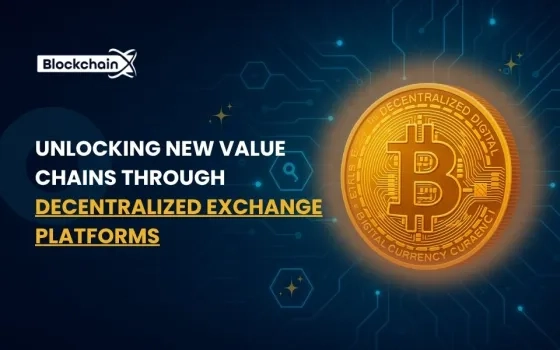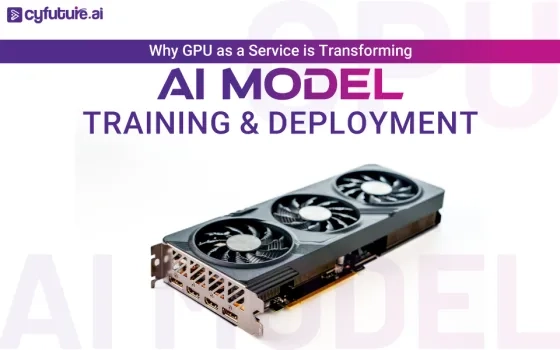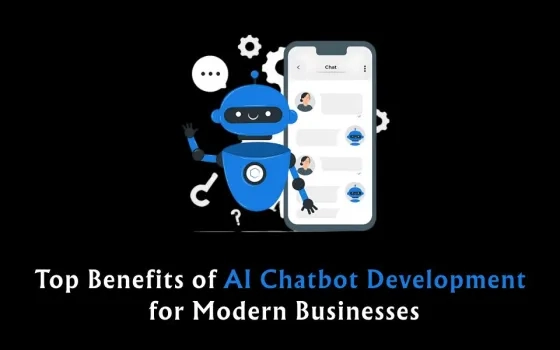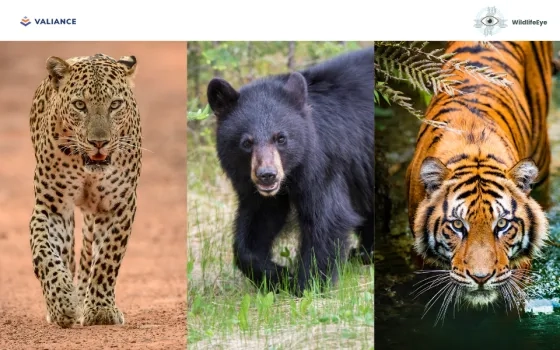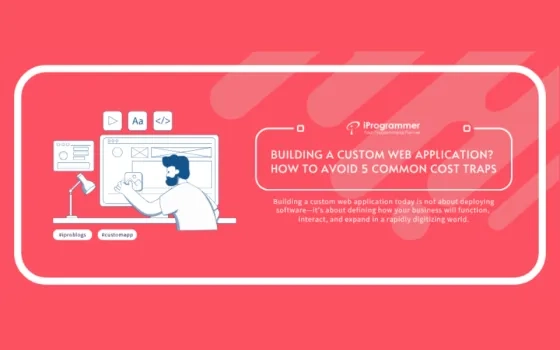OEMs are realising that the Vehicle is now an 'edge device' of the IoT world, with software playing a crucial role. OEMs are transforming themselves into Software Organisations making the suppliers also change likewise, says Sandeep Terwad, Associate Vice President, Tata Technologies.
He also added that ADAS will evolve into a more affordable and indispensable component of vehicles across the spectrum. Level 3 shall become the minimum preferred level by the end-users, says Sandeep Terwad, Associate Vice President, Tata Technologies. Edited excerpts.
Can you take us through the evolving ADAS technologies and their impact on automotive safety and innovation?
ADAS has evolved from rudimentary safety features like rear parking sensors to sophisticated, AI-powered systems that play a central role in improving road safety, enhancing driving experience to paving the way for having true autonomous mobility in almost all cars soon.
On the Sensor side, Radars have become increasingly sophisticated offering higher resolution and improved performance in detecting objects, obstacles in adverse weather conditions. Lidars have become smaller and affordable providing detailed 3D mapping and precise object detection.
These sensors, in combination with AI algorithms and ML techniques make the ADAS system more perceptive, get better at decision making and predictive capabilities.
What are the most prominent changes you have seen in the industry in the past few years?
There has been a paradigm shift in the Automotive Industry in the past few years, mainly in the Connected, Autonomous and Sustainable areas. This shift has been driven by the technology advancements, evolving user preferences, integration of Cloud computing, SDV, connectivity, and mobile apps. The regulatory bodies world over has also contributed to the change in the way of policies that promote electric vehicles (EVs) and\or alternative Powertrains, including subsidies, infrastructure support, tax incentives and even to the extent of funding programs to encourage EV adoption.
In the case of EV, there have been advancements in the past few years in battery technology and in general the ePT components, charging infrastructure are becoming better day by day. In the case of Autonomous and Connectivity, there has been a significant advancement in ADAS, Sensor Fusion, integrating AI, ML to make better predictions and prognostics, having Over the Air Updates, remote diagnostics etc. These are some of the changes brought in by technology. The end-users are demanding personalised experiences in their vehicles, leading to the integration of voice assistants, customisable interfaces, and adaptive driving modes tailored to individual preferences.
Vehicles are becoming increasingly connected to smartphones, smart devices, and IoT ecosystems, enabling seamless integration with mobile apps for remote control, vehicle tracking, and digital key access. OEMs are realising that the Vehicle is now an edge device of the IoT world, with software playing a crucial role from now on. OEMs are transforming themselves into Software Organisations making the suppliers also change likewise. A slew of standards, bodies, alliances have formed to aid these changes in the last few years.
How have you seen the auto landscape evolve in your 26 years of experience? What would you consider your biggest challenges today?
Globalisation has led to increase competition and collaboration among Automotive manufactures, suppliers and ESP like Tata Technologies. India with its skilled technical base has become a significant player in the Automotive Industry in the past several years, driving growth and innovation. The regulatory requirements, especially related to emissions, safety standards, data privacy have become more and more stringent influencing vehicle design, manufacturing processes and business strategies. The rise of mobility-as-a-service, like Shared mobility, subscription-based models has disrupted the traditional business model forcing the OEMs to adapt to challenging market dynamics and customer expectations.
On the biggest challenges, my view is there is still room for improvement in bringing in efficiency in battery technologies and ePTs (electronic precision technology) to bring out a better balance in range, cost. Integrating complex software systems for ADAS and infotainment seamlessly without incidents is a challenge looking at the shrinking vehicle timelines.
On the business challenges, there is increased and intense competition from traditional OEMs, new entrants to differentiate their products and services. Adapting to the shift towards mobility services and shared mobility models requires OEMs to diversify their revenue streams, develop new business models, and forge partnerships with mobility service providers.
Can you take us through some regulatory challenges and compliance considerations in the development of ADAS solutions?
Compliance with safety standards established by the NHTSA in the US and similar bodies in other regions is essential to ensure that ADAS features meet minimum safety requirements and do not pose undue risks to drivers, passengers, or other road users. The ADAS technology may require regulatory approval and certification before they can be deployed in production vehicles. The process to get the certification involves submitting technical documentation, test results and safety assessments to authorities for review. This process is a bit time consuming and expensive and requires close collaboration with OEMs, Suppliers and regulatory agencies.
The Automotive OEMs and suppliers are also now needed to carefully consider liability issues, product liability laws, and contractual obligations to mitigate legal risks and ensure compliance with applicable laws and regulations in case the ADAS features are involved in accidents or do not function as intended.
What are the future trends in ADAS, including convergence of AI, technology and automation?
My view is that ADAS will evolve into a more affordable and indispensable component of vehicles across the spectrum. Level 3 shall become the minimum preferred level by the end-users. Advancements in sensor fusion, AI, and machine learning will enhance the perception and decision-making of ADAS systems making more accurate decisions and predictive responses possible. Companies are exploring the integration of AR into ADAS solutions to enhance situational awareness and improve driver decision-making processes. This could revolutionise how drivers interact with their vehicles and the road.
ADAS will become a key differentiator for OEMs in their product offerings and the USP shall be on Safety, Comfort, Convenience.
Strategic partnerships and collaborations between OEMs, suppliers, and tech companies like TTL will become more prevalent to leverage synergies and accelerate innovation in ADAS development. An OEM ecosystem that has better AI models will stay ahead of the game.
Can you take us through some aspects of industrial automation?
AI, ML has already started impacting Industrial Automation and Manufacturing processes, for eg, in Predictive Maintenance by analysing data from sensors, a particular machine logs, maintenance records and based on these can schedule the predictive maintenance for that machine or plant. Computer vision systems nowadays, inspect products on the production line for any anomalies, surface, dimensional variations and other imperfections in real time to ensure high-quality standards. AI and ML algorithms optimise supply chain operations by forecasting demand, optimising inventory levels, and streamlining logistics processes.
Tata Technologies is innovating with cobots that work alongside human operators to increase production efficiency without compromising safety. These cobots are equipped with sensors and AI capabilities to adapt their movements and responses to their human counterparts’ actions. This synergy can lead to more efficient assembly lines, where precision and safety are enhanced by robotic assistance.
How can AI and IoT be breakthroughs now? Most features have been achieved now it will be only incremental increases. What are your thoughts?
There is still quite some way to go in the AI & IOT space. I do not think, it will be incremental innovation, nor can it afford to be that. There is still space for including Contextual Intelligence in a system so that it can adapt and personalise its behaviour based on real-time context, user preferences, and environmental factors could revolutionise user experiences.
We need a breakthrough in edge computing technologies that could enable more efficient, real-time AI inference and decision-making at the device level. There is also a need for standardisation, interoperability across different devices, platforms, and protocols, and seamless integration frameworks to unlock new possibilities for AI and IoT applications.
Original source: https://www.tatatechnologies.com/media-center/oems-are-transforming-themselves-into-software-organisations-tata-technologies-sandeep-terwad/
Sandeep Terwad, Associate Vice President, Tata Technologies









